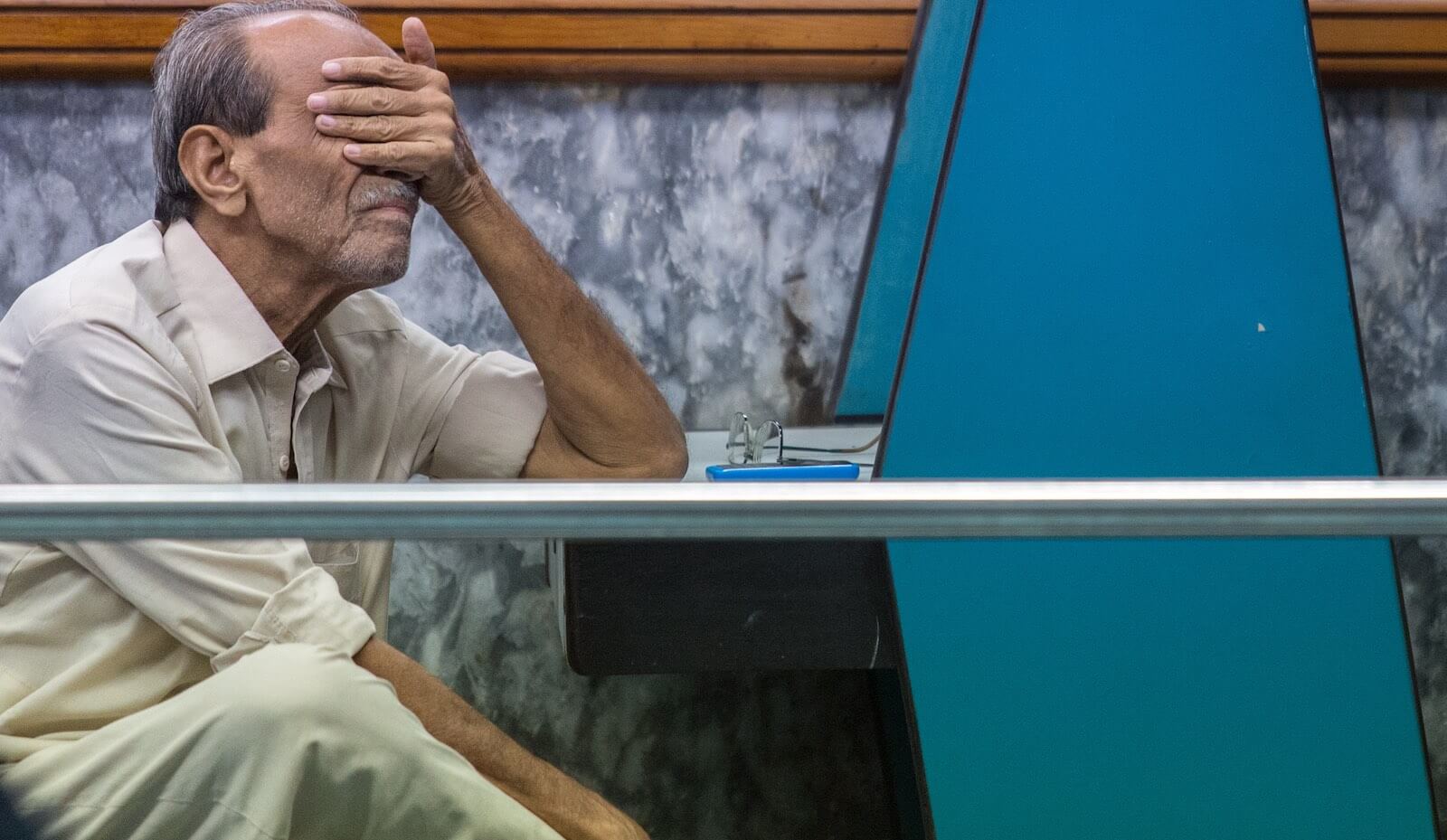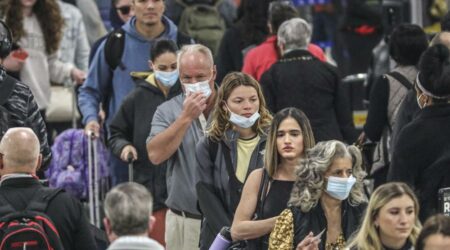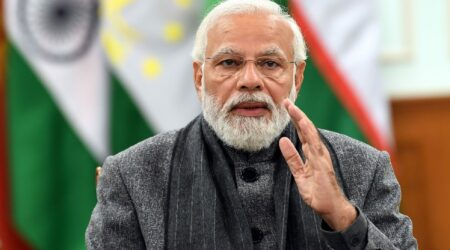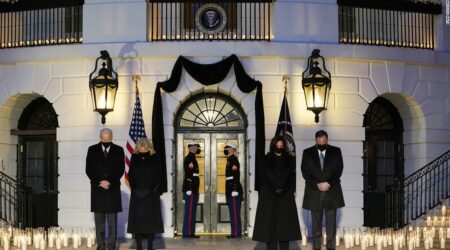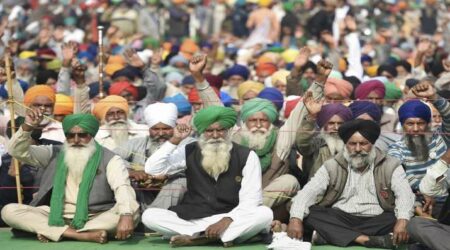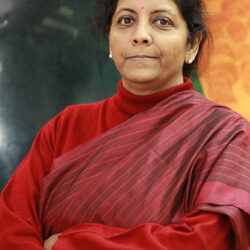By K.S. Tomar
Pakistan Army Chief Qamar Javed Bajwa seeking help from US President Joe Biden in securing a bailout from the International Monetary Fund (IMF) assured the Pakistani people that help may be on its way soon. But in a perfect world, neither the US government controls IMF nor an army chief under a ‘democratically elected’ government may bypass the protocol to address any other head of the state. But when it is about Pakistan and its army, anything is possible. General Bajwa reportedly spoke to Deputy U.S. Secretary of State Wendy Sherman earlier and raised the issue.
Turkey has agreed to make films of Turkish-origin Muslim rulers in the subcontinent and joint production of drones while Saudi Arabia and UAE have assured of all possible support. But China has shelved its bullet train project in Pakistan while a new branch of CPEC from Peshawar to Kabul was being discussed President Xi Jinping visited Xinxiang province and suggested Uyghurs follow a Chinese version of Islam through a process of re-education.
Going Sri Lankan way
Pakistan is in a deep financial crisis and IMF has approved a bailout package of $6 billion, starting with an initial tranche of about $1.2 billion, under tough conditions. Problem is that IMF wants Pakistan to renegotiate many deals under China-Pakistan Economic Corridor (CPEC) and power generation companies operated by China before releasing the fund.
Prime Minster Shehbaz Sharif has visited Saudi Arabia, United Arab Emirates, and Turkey after taking over the office but neither a Saudi pilgrimage nor a Turkish bath is working for an ailing Pakistan in the embrace of the dragon. Pakistan’s foreign exchange reserves have dropped from around $16bn in February to less than $10bn in the first week of June, barely enough to cover the cost of two months of imports.
Retention in the grey list, Pakistan’s track record of funding terror activities and inherent bad policies of the successive regimes have been responsible for its latest retention on Grey List by the financial task action force (FATF), a world watch body on terror financing which will make it extremely difficult to seek a loan from other international lending agencies.
Pakistan’s negotiating team led by Finance Minister Miftah Ismail agreed to generate Rs43600 crore more taxes. The only way out of the current economic crisis is through the IMF which has squeezed its budgetary proposals and future plans.
Moody’s Investors Service has downgraded Pakistan’s credit rating outlook to negative from stable due to its sinking economy and lack of resources mobilization. Pakistani rupees are being devalued against the dollar, fuel prices are being raised and taxes are being streamlined to toe the line of the IMF but negotiating with the Chinese has become a major throne in the flesh.
Pakistan has been constantly dependent upon international lending agencies and got loans from time to time such as $84 million in 1972, $75 million in 1973, and yet another $75 million in 1974 to address the growing needs of the people and finance its budget. Another standby arrangement of $ 80 million was made on an urgent basis in 1977 besides an extension of the loan facility of $349 million in 1980.
Pak not invited to BRICS meeting
China and Pakistan enjoy a ‘friendship with no limits.’ But changing global scenario and deteriorating economic condition of the latter is forcing China to take countermeasures, a double whammy for Pakistan.
Chinese President Xi Jinping hosted the High-Level Dialogue on Global Development (HLDGD) in the last week of June which included many non-BRICS members. Apart from BRICS member states like Brazil, Russia, India, China, and South Africa, other nations also attended the meeting including Iran, Egypt, Fiji, Algeria, Cambodia, Thailand, Indonesia, and Malaysia. But Pakistan was not to be part of the important meeting which was being seen as a precursor to BRICS’ expansion.
The hints are clear and Pakistan has to prove its utility to the US, China, and the world.

(The writer is a senior journalist based in Shimla, India.)


